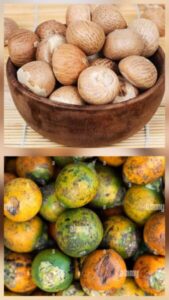Areca Nut For Sale | පුවක් විකිණීමට ඇත.
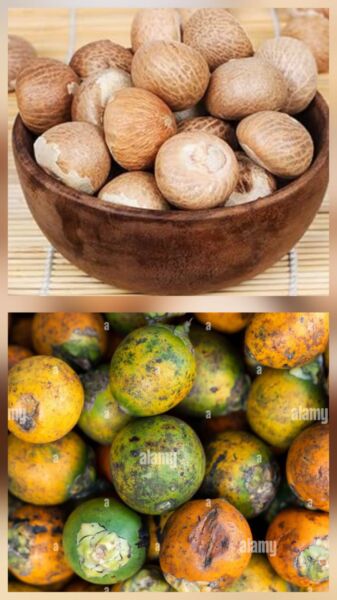
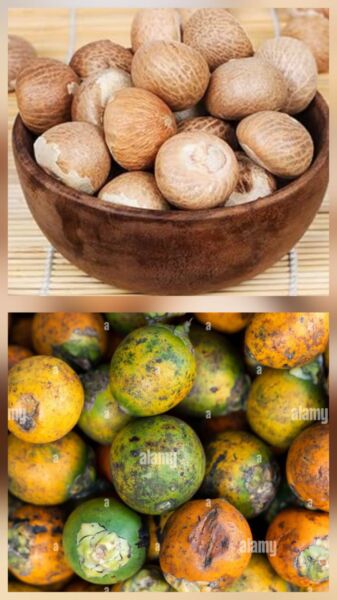
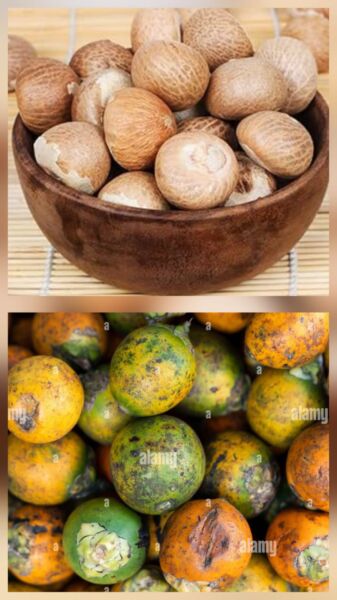
Areca Nut Fruit (Puwak) from Rathnapura, Sri Lanka: Uses, Benefits, and Market Potential
The Areca nut fruit, known locally as Puwak in Sri Lanka, is a widely consumed and culturally significant fruit derived from the Areca palm tree. Primarily cultivated in the fertile region of Rathnapura, this nut is cherished for its unique taste, stimulant properties, and versatile uses in traditional and commercial contexts. This article explores the characteristics, benefits, cultural importance, and market demand of the Areca nut fruit.
What is Areca Nut Fruit (Puwak)?
Areca nut fruit is the seed found inside the hard-shelled fruit of the Areca palm (Areca catechu). The fruit itself has a fibrous husk that encloses the nut. Once the husk is removed, the hard brown seed is the Areca nut that people chew.
The nut varies in size and color, typically ranging from green (immature) to orange-red (ripe). In Sri Lanka, Rathnapura’s Areca nuts are known for their superior size, color, and quality, making them preferred for both local use and export.
Physical Characteristics of Areca Nut Fruit
– Shape: Oval or round
– Color: Ranges from green (unripe) to bright orange-red (ripe)
– Size: Usually 2-4 cm in diameter
– Husk: Thick, fibrous outer covering protecting the nut
– Nut: Hard, brown, shiny seed inside
The fruit grows in clusters on the palm, and farmers harvest them when they reach full maturity and the husk color deepens.
Traditional and Cultural Uses of Areca Nut Fruit
Areca nut fruit has deep cultural roots in Sri Lankan society. The nut is almost always chewed with betel leaves, lime, and sometimes tobacco as part of social and religious practices. It is seen as a symbol of hospitality and is offered to guests and elders in ceremonies such as weddings, festivals, and religious rituals.
The nut is also used in Ayurvedic medicine for its digestive and stimulant effects. The husk and other parts are sometimes used in folk remedies and rituals.
Health and Medicinal Benefits
The Areca nut contains alkaloids, including arecoline, which acts as a mild stimulant affecting the central nervous system. Some noted benefits include:
– Digestive aid: Helps improve digestion when chewed moderately.
– Antiparasitic: Traditionally used to expel intestinal worms.
Mental alertness: Mildly stimulates brain function and reduces fatigue.
Important Note: Excessive chewing of Areca nut has been linked to oral health issues and cancers, so consumption should be moderate and cautious.
Commercial and Industrial Uses
Apart from being chewed as a stimulant, Areca nut fruit and its byproducts have various uses:
– Tanning and dye industries: Extracts from the nut provide natural dyes and tanning agents.
– Husk utilization: The fibrous husk is used as a fuel source, compost, or as mulch in agriculture.
– Export commodity: High demand from countries like India, Myanmar, and parts of the Middle East supports a strong export market for quality Areca nuts.
Market Demand and Export Potential
The Areca nut fruit from Rathnapura is highly sought after in local and international markets due to its quality and flavor profile. Exporters benefit from the nut’s steady demand as a traditional chewable product.
Price and Quality Factors
– Size, color, and freshness of the nut heavily influence market prices.
– Proper harvesting and processing are essential to maintain quality.
– Exporters must meet phytosanitary standards and packaging requirements for international trade.
Challenges
Pest infestations: Can damage the fruit and lower quality.
– Labor requirements: Harvesting is manual and labor-intensive.
– Regulatory compliance: Export restrictions and certifications must be carefully followed.
Harvesting and Post-Harvest Handling
The fruit is handpicked once fully ripe. Post-harvest, the husks are removed, and nuts are dried under controlled conditions to prevent mold and maintain quality. Proper drying enhances shelf life and preserves the nut’s flavor.
Conclusion
The Areca nut fruit (Puwak) is more than just a crop—it is a cultural icon, a traditional medicine source, and an economic asset for Rathnapura and Sri Lanka. Its unique qualities make it a valuable commodity in both local markets and international trade. With attention to sustainable farming, quality control, and export regulations, the Areca nut fruit industry can continue to prosper and support Sri Lankan agriculture.
